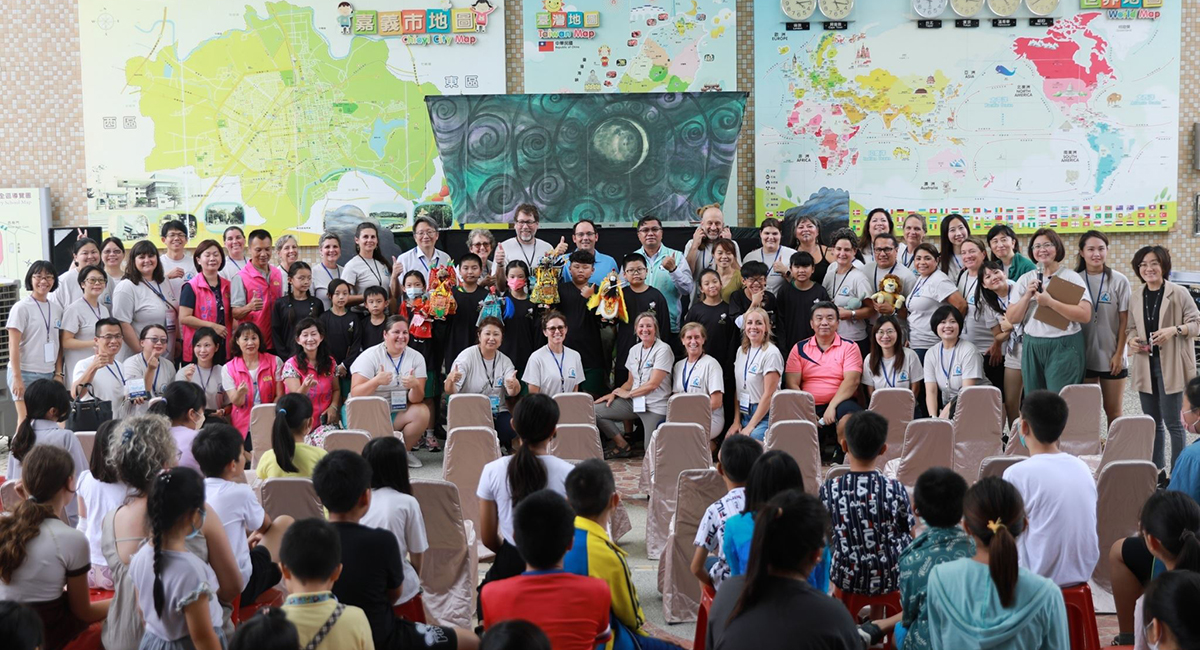“Social media is a way to tell your individual story as a board member,” said Colton Joint Unified School District Board President Bertha Flores during the local educational agency’s “Tell Your District’s Story: Easy Engagement Tips and Tools” workshop at CSBA’s 2022 Annual Education Conference and Trade Show on Dec. 2.
The use of social media, as well as other means of communication like the LEA’s podcast, #CJUSD Chats, keeps the community connected and informed. The district, which serves roughly 20,000 students and spans four cities in San Bernardino County, highlights far more than just milestone moments like awards and anniversaries.
Flores uses her social media accounts to amplify events happening in the district, like a winter jacket drive and giveaway, as well as topics she’s passionate about.
Actions as simple as taking the flier for the jacket drive from the CJUSD website and posting it to her own feeds reminds her followers of what’s going on.
As Flores pointed out, individuals who serve on school boards are passionate about giving children the best educational experience possible. They do bring their own personal strengths and beliefs to the job, however. Social media can further highlight the topics they advocate for on their own boards such as early literacy, parent involvement, visual and performing arts, school safety, improving test scores, teacher retention and more.
Flores is passionate about early literacy and takes and posts photos of book displays in classrooms when she does classroom visits. She also feels strongly about making sure teachers have the tools they need to help students succeed.
The CJUSD board, for example, invested in Promethean interactive whiteboards (commonly referred to as smart boards) in classrooms. It was an “expensive” undertaking, according to Flores, but also a tool to enhance learning. Teachers were also provided with training on using the boards.
“The public needs to know where we spend our money,” Flores said. So, when she visits classrooms, she’ll take a photo if a teacher is using the board. Public servants can’t just approve huge investments and forget about them, Flores said. Board members and other school and district leaders can use social media to show the public what is being paid for and how it’s being used.
Special moments that showcase a positive school culture can be promoted on platforms such as Facebook, Instagram, Twitter and LinkedIn.
Flores has reshared photos of students huddled together smiling under a shelter on a rainy day and a principal dancing at back-to-school night. “Who wouldn’t want to work there?” Flores said of the dancing principal. She also regularly shares the weekly “Interview with a Preschooler” series produced by a staff member.
Flores reminded attendees at the session that they don’t need to be at every event snapping content to post. They can repost others’ content, with or without their own comments, which doesn’t go unnoticed.
“When your board is acknowledging the things that you’re doing at your school sites … for us as principals it means so much because you know that they’re able to see the things that are happening, but it also almost gives us that permission to say ‘OK we need to keep telling that story’ because if my board president is retweeting and posting and emailing me, then we’re doing something right,” said Jessica Gomez, a CJUSD principal. “I highly encourage you as board members and superintendents to make sure your staff knows that you’re watching … even a little ’Like’ can go a long way.”
It takes a team
CJUSD communications specialist Lynette White reminded attendees how important it is to tell the district’s story, including students and all staff. Being intentional but also transparent is key.
Broadcasting positive stories can also be helpful when crises occur.
“If you build those pillars of trust by really frontloading all the positivity that’s going on in your district, then when those negative stories do come out at least the community will trust that you’re going to be transparent and communicate with them and they’re going to know exactly what’s going on,” White said.
Social media can also be used to highlight the diverse backgrounds of individuals in the district and ensure that students see people like themselves, or their family members represented.
LEAs can also enlist employees as volunteer brand ambassadors to represent the district.
White meets with CJUSD ambassadors monthly to offer professional development on utilizing social media and covering information like board policy.
“Having a communications team is awesome, and if you do, great, but it’s a one-sided story … With these brand ambassadors we’re getting this very full and robust story of the district and all the amazing things that are going on,” White said.
Having a supportive governance team that values telling the district story and communications is important to encouraging others to do the same, White pointed out.
Trustees and other school leaders should remember to only post what they’re comfortable with and recognize that what works for other LEAs may not work for theirs depending on the local climate. It’s also essential to ensure you’re only taking pictures of students who are allowed to be photographed/posted.
View the presentation slides for examples of how CJUSD is using its social media: https://bit.ly/CSBATELLYOURSTORY





